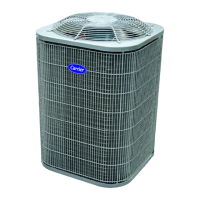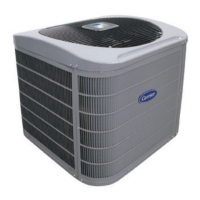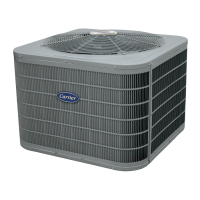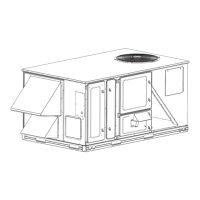CONNECTING REFRIGERANT PIPING LINES
17-9 STEPS OF PREPARING REFRIGERANT PIPING LINES BEFORE CONNECTIONS
( IN CASE OF NOT USING THE OPTIONAL FACTORY REFRIGERANT PIPING LINES WITH THE FLARE NUTS )
STEP (1): Cutting refrigerant piping lines
Remove protective caps from copper pipe ends.
Position tube end downwards, cut the pipe to the
required length with a pipe cutter.
NOTE
Take care to ensure that the cut edge remains at a
90° angle with the side of pipe, and refer to the
illustrations for examples of edges cut correctly
and incorrectly.
STEP (2): Removing burrs at the ends
of refrigerant piping lines
with a reamer
This process is important and should be done
carefully to make a good flare and to prevent any
suction leaking out.
NOTE
When reaming, hold the pipe end downward and
be sure that no copper scraps fall into the pipe.
STEP (3): Flaring the Piping
Use flare tool to flare ends of both suction and
liquid piping lines and then slide a flare nut on to
the tube and modify the flare.
NOTES
1) Good flare should have the following properties :
Inside surface is glossy and smooth.
Edge is smooth and must not have any burrs
or imperfections.
Tapered sides are of uniform length.
2) Be sure to apply a sealing cap or waterproof tape
to prevent dust or water from getting into the
refrigeration piping lines before they are used.
3) Avoid incorrect flaring, which results in damaged
or cracked or inclined with uneven thickness
surface.
1: Connection pipes
2: Reamer

